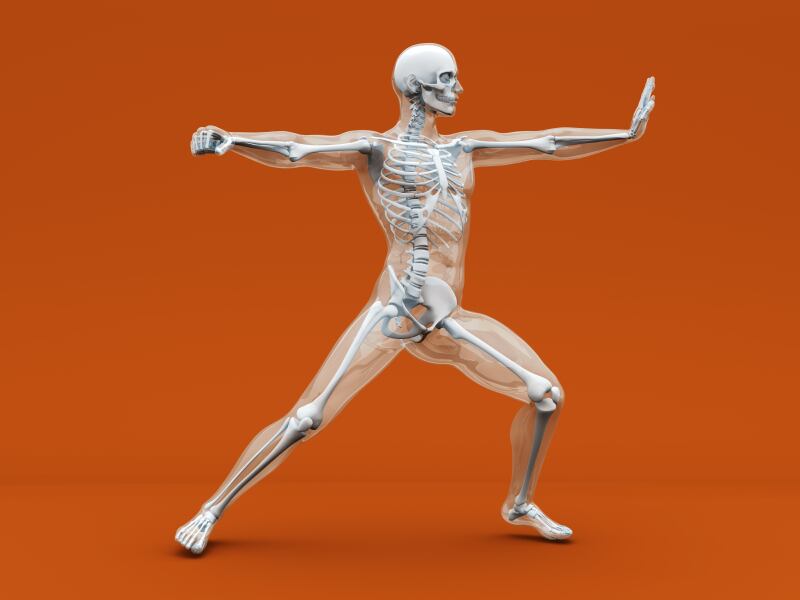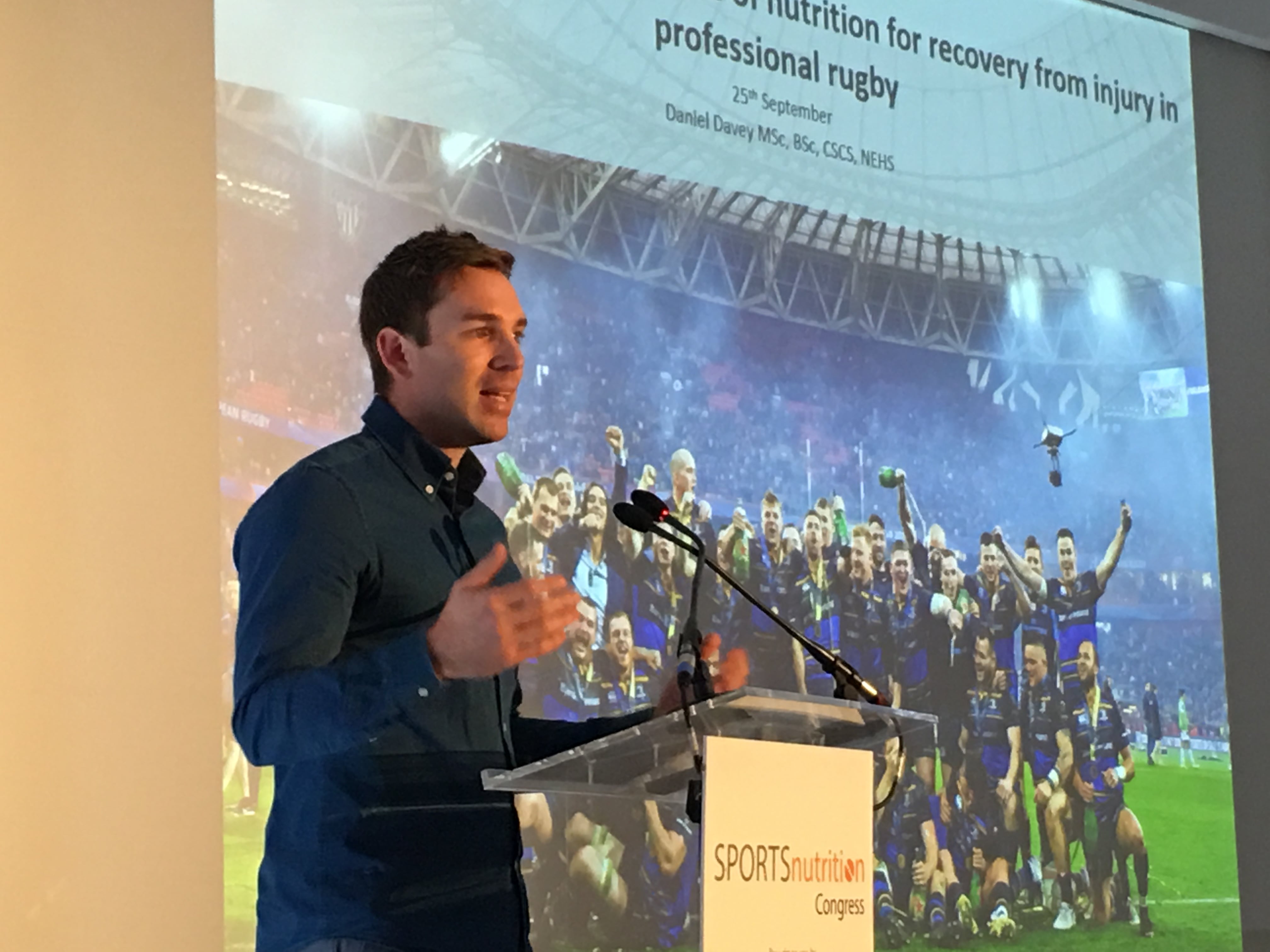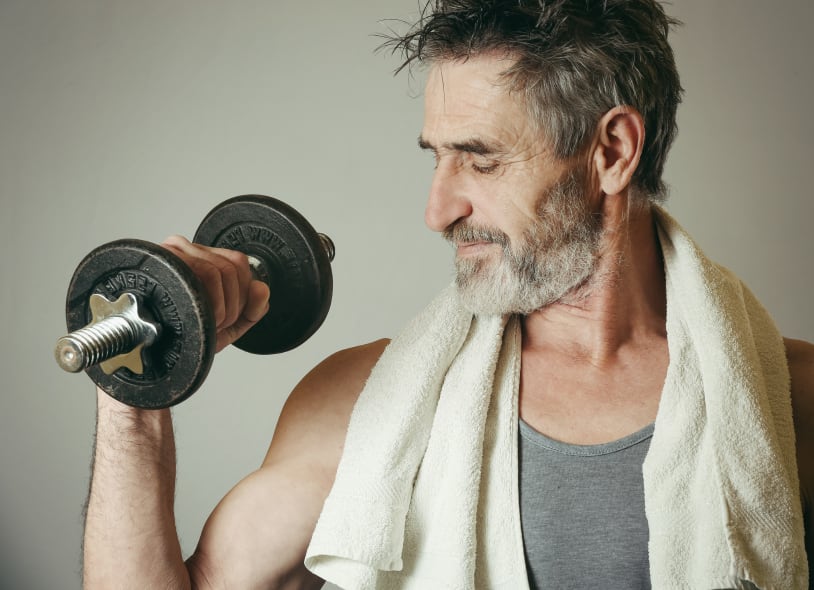Researchers in the US also found nutritional benefits extend even after the exercise training stopped, as subjects appear to retain bone strength if they carried on following a mineral-supplemented diet.
“This was done in mice, but if you think about the progression to humans, diet is easier for someone to carry on as they get older and stop exercising, rather than the continuation of exercise itself," said David Kohn, a professor in the schools of dentistry and engineering at the University of Michigan.
“The data suggests the long-term consumption of the mineral-supplemented diet could be beneficial in preventing the loss of bone and strength with age, even if you don't do exercise training," he said.
As Professor Kohn mentions the results could have implications on healthy ageing and the maintenance of bone health in those who are frail or physically incapable of exercising.
Since bone mass continually declines with age after young adulthood, it may be beneficial to maximise accumulation of bone mass earlier in life to maintain a higher level of bone mass in old age.
Increasing bone mass during older ages may be less likely to occur since bone becomes less responsive to exercise and weight-bearing exercise becomes more difficult to perform.
Bone supplement industry
The market for bone health supplements is predicted to reach €8.8bn ($10.1bn) in 2021, according to data from Euromonitor International.
The growth stems from retail sales of calcium supplements (bone health), vitamin D (bone health) and glucosamine (joint health), which are expected to see a combined global compound annual growth rate (CAGR) of 3% from 2016 to 2021.
In 2015, Belgian olive oil extract supplier BioActor teamed up with Nestlé’s food science division to develop products based on its proprietary and patented olive oil ingredient, BonOlive to offer bone health benefits.
Rousselot's hydrolysed collagen ingredient Peptan is also linked to both bone and joint health as is InterHealth Nutraceuticals’ undenatured type II collagen UC-II and Biocell’s Collagen.
Study details
Writing in the journal PLOS ONE, the research took male, 16-week old mice were assigned to nine weight-matched groups that included a baseline group, exercise and non-exercise (detraining) groups.
The baseline group were fed a control or mineral-supplemented diet for eight weeks, while the exercise + detraining and non-exercise groups were fed a control or mineral-supplemented diet for 16 weeks. The control diet contained 0.5% calcium (Ca) and 0.5% Phosphorus (P), and the supplemented diet contained 5% Ca and 1% P.
Exercise + detraining consisted of eight weeks of exercise followed by eight weeks without exercise. The daily exercise program consisted of running on a treadmill at 12 metres per min (m/min) for 30 minutes per day (min/day) for 56 consecutive days.
After eight weeks, mice fed the supplemented diet had greater tibial cortical bone mineral content (BMC) and area in the tibia along with bone mineral density (vBMD) than mice fed the control diet.
Exercise increased cortical BMC and area only when paired with the supplemented diet. After 16 weeks, both exercised and non-exercised mice fed the supplemented diet maintained greater tibial cortical BMC and area as well as the vBMD, compared to mice fed the control diet.
“Combining exercise with a mineral-supplemented diet leads to greater bone mass and structural strength than exercise alone,” the team said.
“These benefits remain after an equally long period of detraining. Long-term use of dietary mineral supplements may help increase and maintain bone mass with ageing in adult mice.”
Professor Kohn added that the results did not mean people immediately buy calcium and phosphorus supplements.
“The findings don't translate directly from mice to humans, but they do give researchers a conceptual place to start,” he said.
“It's known that humans achieve peak bone mass in their early 20s, and after that it declines. The question becomes how to maximise the amount of bone when young, so that when declines do begin, people start from a better position.”
Source: PLOS One
Published online: doi.org/10.1371/journal.pone.0204470
“Combined mineral-supplemented diet and exercise increases bone mass and strength after eight weeks and maintains increases after eight weeks detraining in adult mice.”
Authors: Michael Friedman, Robert Szczepankiewicz, David Kohn




